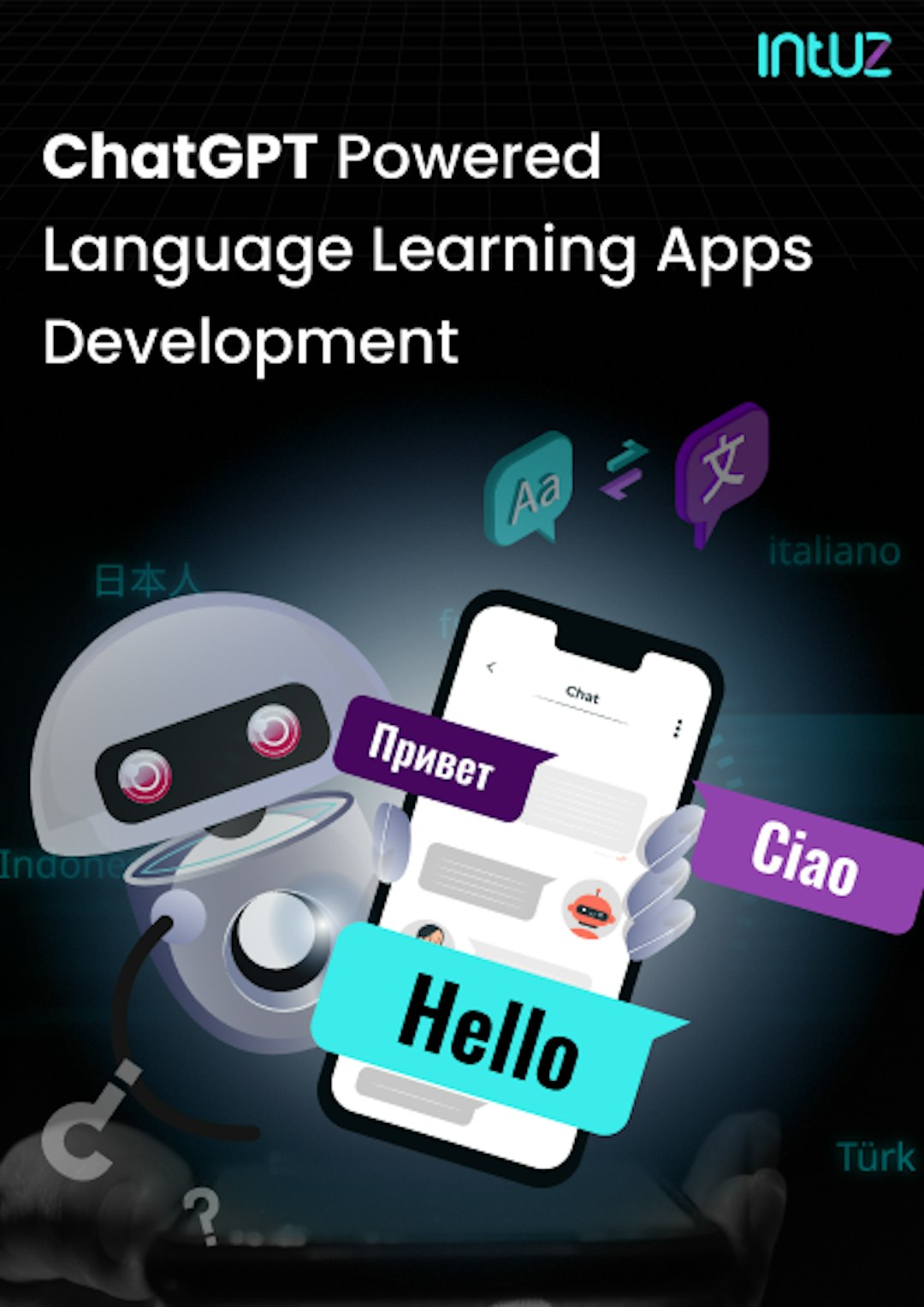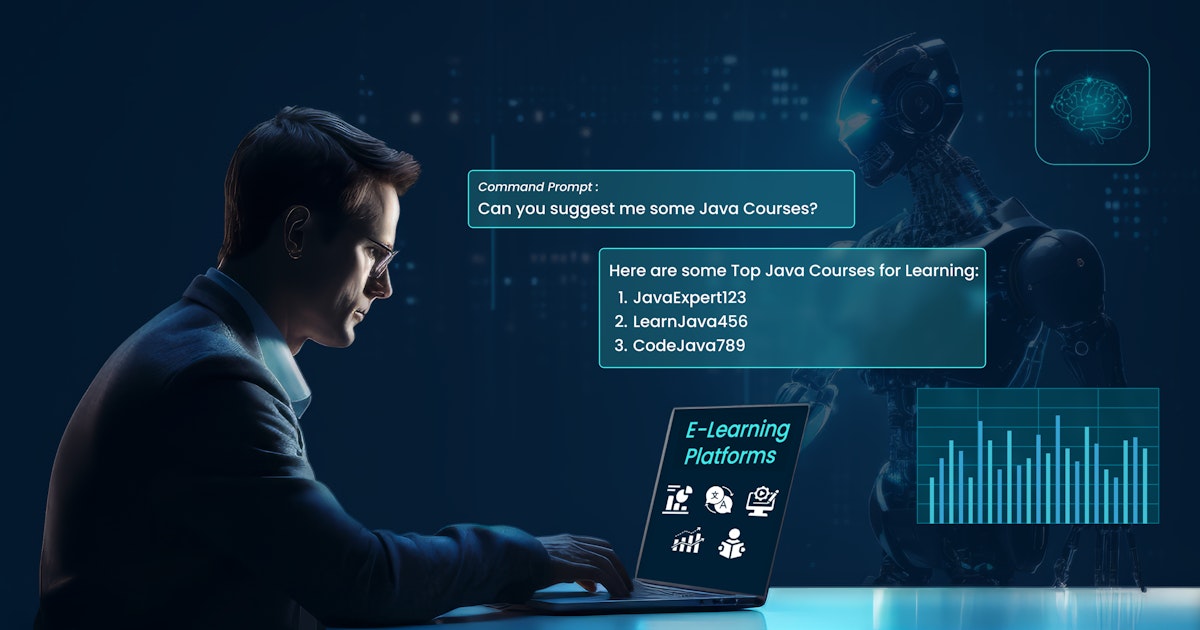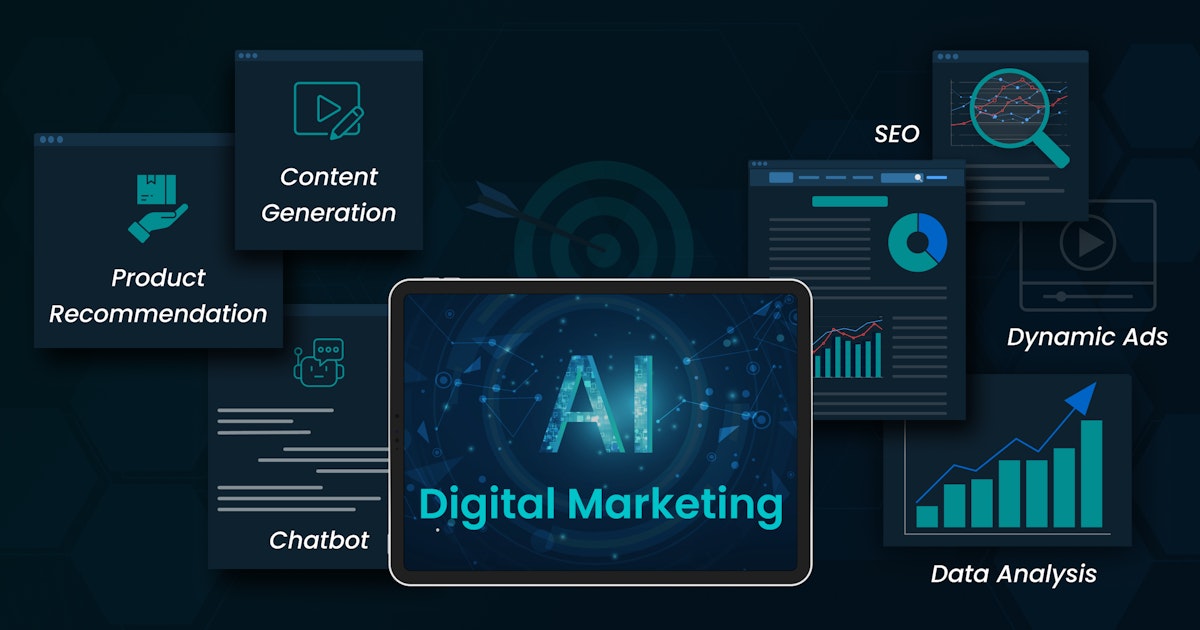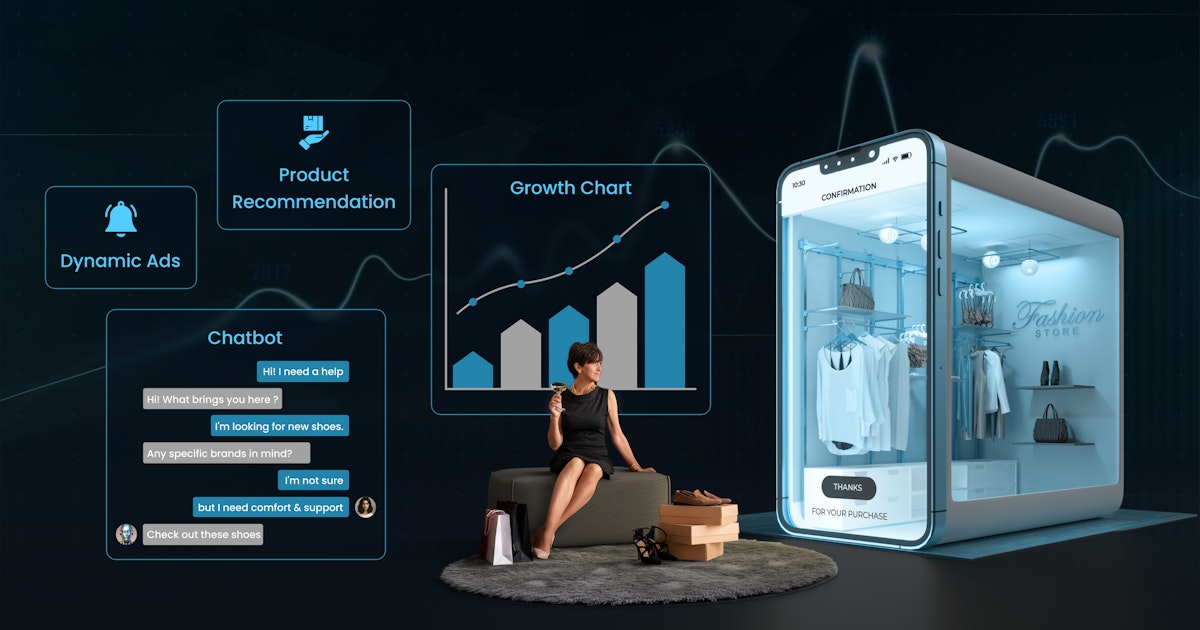Table of Content
Traditional education systems, while foundational to societal development and personal development, have faced increasing criticism due to the limitations they present.
They often employ a standardized curriculum for every class that fails to address individual learning styles, interests, and pace, resulting in disengaged students, poor results, and frustrated teachers.
Students with disabilities or those from diverse cultural backgrounds may find that traditional classrooms do not adequately fully include them or accommodate their study requirements.
Traditional education also emphasizes rote learning and memorization. Sure, it helps students consume the reading material and pour everything they remember on an answer sheet during exams. However, it happens at the expense of critical thinking skills and creativity.
The older model typically places the teacher at the center of the learning process, with students as passive recipients of information, discouraging the professional development of communication and social skills, another unhelpful aspect in the long run.
Enter Generative AI: The digital technology earning brownie points in education
Since its debut in late 2022, Generative artificial intelligence has profoundly impacted how educators offer a more responsive, personalized learning experience and How students demonstrate mastery in their studies. It is also positively changing how educational institutes operate and produce facilities.
Key takeaways
Increase student enrollment and minimize dropouts at educational institutes by offering relevant and personalized learning
Streamline tutor efforts and automate grading and giving constructive feedback with Generative AI tools
Create immersive learning experiences with AR/VR technologies
Adapt and enhance language learning as per the student’s progress
Automate mundane and repetitive administrative tasks to improve operational efficiency
1. Enhancing student enrollment and retention via personalized learning
Prospective students are attracted to the promise of an education that aligns with their individual needs and goals. If they get what they desire, they are more likely to continue learning at the same school or college.
Educational institutes that can forge a custom learning path for each student will see more enrollments and greater retention. They can boost learning outcomes by doing the following:
a. Utilizing Generative AI for interactive learning capabilities
Students often encounter obstacles while learning, such as comprehending a complex concept or needing clarification on a specific topic.
Since Generative AI incorporates Natural Language Processing (NLP), particularly Large Language Models (LLM), it can respond to student inquiries in real-time, offering explanations, definitions, and examples in human language.
This instant feedback loop has a potential impact on keeping students engaged and reduces the frustration of waiting for assistance from human tutors or teachers.
Generative AI can offer practical guidance on assignments, projects, and study plans. It can analyze students’ work, suggest improvements, and guide them through problem-solving processes.
It can accommodate various study schedules and time zones, ensuring students can study at their convenience and keeping them engaged and motivated.
Because AI educational technologies can personalize their support as per the individual’s learning pace and style, it enables educational institutions to improve the quality of education offered.
b. Recommending relevant and impactful learning materials
AI-driven recommendation engines apply sophisticated algorithms that analyze various factors, such as the student’s previous interactions, learning preferences, and academic goals.
This helps mitigate the one-size-fits-all issue prevalent in traditional educational settings and predicts and recommends learning resources, in the form of textbooks, videos, infographics, and so on, most likely engage the student and facilitate a deeper understanding of the subject matter.
c. Adapting the learning experience for individual needs
The adaptive learning market is predicted to be valued at $9.11 billion by 2028. Generative AI offers insights into student performance and study patterns.
It enables educational institutes to refine and adapt their teaching methods and curricula based on concrete data. Adopting web-based platforms, such as DreamBox Learning and GoGuardian, plays a vital role in this regard.
For example, if students excel in a particular area, the platform might present them with more challenging material or allow them to move to the next level and study more advanced course content.
Conversely, if a student struggles, the platform can provide additional resources or revisit foundational concepts to ensure comprehension before moving forward.
2. Streamlining tutor efforts and automating giving constructive feedback with AI-driven educational tools
Educational institutes can leverage AI technology to enhance and accelerate course planning and grading processes, freeing time to focus on instruction, student support, and research agendas. Here is how:
a. Automating the creation of educational original content with Generative AI
In its present form, advanced Generative AI technologies are well-suited for synthesizing large volumes of information, which can assist in course development to suit specific classroom dynamics.
For example, a physics professor planning next semester’s course can ask ChatGPT (or a similar tool) to create the syllabus, list all relevant books students must read, and generate detailed lesson plans, question papers, and presentations based on available data.
This saves educators time and empowers them to focus more on engaging with students, addressing individual needs, and fostering a supportive learning environment.
On the other hand, education institutions can reduce the expenses associated with hiring additional staff to create course content.
b. Implementing automated grading and providing constructive feedback
Generative AI can process and evaluate a range of response types, from essays to Multiple Choice Questions (MCQs). It can understand the context of responses, assess their accuracy, and even evaluate the depth of critical thinking demonstrated by students.
This automated grading system saves time for educators by 70%, typically for those who address large classes with too many students in tow or specialize in teaching online courses.
With the help of Generative AI, they can generate detailed, constructive feedback for students in addition to assigning grades, suggesting areas for improvement, and providing personalized recommendations for resources or activities to address gaps in understanding.
3. Creating immersive learning experiences with AR/VR technologies
The education sector has been disrupted by the rise of Augmented Reality (AR) and Virtual Reality (VR), so much so that the use of AI-driven learning platforms and virtual facilitators is estimated to witness over 20% CAGR from 2023 to 2032.
Imagine a history class where, instead of only reading about ancient civilizations, students could wear VR headsets and virtually take a field trip through the streets of Ancient Rome.
Generative AI could dynamically generate these historical settings based on archeological data and texts and create real-life-like and immersive simulations.
Similarly, during science experiments, students could use AR to visualize and manipulate molecular structures or witness chemical reactions up close, with AI technology providing real-time data and scenarios.
Such experiences make abstract concepts tangible and engaging, and we are not far from the time when the use of AR/VR will become mainstream in schools and colleges.
The use of innovative technologies is beneficial for educational institutes for several reasons:
- The immersive nature of AR/VR results in higher levels of student engagement and information retention, which translates into better academic performance, thereby elevating the institution’s reputation for effective teaching methods.
- By offering cutting-edge learning experiences, they can attract a broader range of students and increase enrollment rates, gaining a competitive edge in the area.
- Organizing field trips is expensive for educational institutes, as is purchasing the apparatus for science experiments. When these activities are done virtually, institutes can save money.
- Generative AI-driven AR/VR experiences can be customized to fit different class sizes, educational levels, and learning objectives. Once developed, these resources can be used repeatedly across multiple classes and even shared with other institutes, maximizing the ROI in these technologies.
- They can provide equal learning opportunities for students with physical impairment or cognitive disabilities, reinforcing their commitment to inclusivity and diversity.
4. Enhancing language learning by adapting to student’s progress
Gone are the days when mainstream teaching was limited to a single language, often forcing students to move away from their native tongue.
Today, Generative AI is not only simplifying the art of learning new languages but also giving native language learning a whole new meaning. Let us take a look at how:
a. Simulating real-world conversations for language practice
AI technology interfaces, such as A.I. chatbots and voice search technologies, ensure the learning material remains relevant and challenging at the right level and offers guidance on demand.
Imagine a student practicing French with a virtual AI tutor who can adjust the conversation’s difficulty level and topics based on the former’s progress. The AI tutor can introduce more practice sessions if the student struggles with certain grammatical structures.
b. Delivering automatic language translation for greater reach
Generative AI has broken language barriers in ways unimaginable. For instance, if a student submits a written assignment in a foreign language, the technology can automatically highlight grammatical errors, suggest vocabulary enhancements, and even correct pronunciation in spoken assignments.
This makes learning more accessible and individualized, enabling students to express themselves in their native language. On the other hand, educational institutes do not have to invest in costly traditional translation services or hire language specialists.
With AI, they can offer opportunities to a larger number of students across different regions, expanding their global reach.
5. Automating mundane and repetitive administrative tasks to improve operational efficiency
In January 2024, a UK government study found that 66% of teachers reported they spend less than half of their working hours teaching due to the time spent on activities, including lesson planning, tracking student data, and other administrative tasks.
This is not surprising since most educators prefer spending more time working directly with students and less time drafting course plans, grading papers, or creating report cards. The good news is these are the types of tasks that Generative AI can help with!
Here is how:
- AI can streamline the admissions process by automating the sorting and screening of applications based on predefined criteria, such as grades, personal statements, and extracurricular activities.
- AI-driven systems can automate attendance via facial recognition or RFID, making pen-and-paper role-calling a thing of the past.
- AI can analyze vast amounts of data from assignments, pop quizzes, and exams to generate detailed performance cards, providing insights into how students progress, where they can improve, and so on.
- Unlike traditional learning environments where feedback takes time, AI-driven systems can quickly respond, deliver assessments, and solve queries. They are available 24/7 and can be accessed from anywhere as long as the students have an internet connection.
Other AI use cases include transcribing text from video-based learning materials, proofreading exam question papers, and converting text into audio files for audio-based learning—all of which are highly labor-intensive and time-consuming tasks.
This level of automation benefits educational institutes in many ways:
- AI systems can easily handle increases in workload, such as a surge in applications during the admissions season. This enables them to expand their offerings without increasing their operational expenses.
- Unlike human beings, automated systems do not require breaks, vacations, or sick days. They can work around the clock, enabling institutes to save time on paying staff for overtime or even hire temp workers just to get through the peak periods.
- AI can scan through and interpret large datasets, helping them guide strategic planning, curriculum development, and institutional policy development based on proper insights rather than mere assumptions.
AI-powered E-Learning & Education App Development Company
Explore ServicesOver to you
There is no doubt that Generative AI is indeed a game-changer in education. In fact, 60% of educators already use AI in classrooms. The future has never looked more creative and promising for students, educators, and institutes alike!
Moreover, the AI education market is predicted to reach $30 million by 2027. There is no stopping for this technology now.
No job is more important than educating young minds. As Generative AI opens new horizons for education, it’s vital to integrate them into our learning systems—but not without understanding the opportunities it creates for innovation and improvement.
Are you an education provider/institution looking to revolutionize teaching with generative AI?
Book Your Free 45-Minute Consultation with Our AI Experts Today!
During this personalized session, you'll receive:
A thorough assessment of your institution's readiness for generative AI integration
A detailed action plan to develop AI-driven personalized learning experiences
A customized roadmap for integrating generative AI solutions across your curriculum seamlessly






